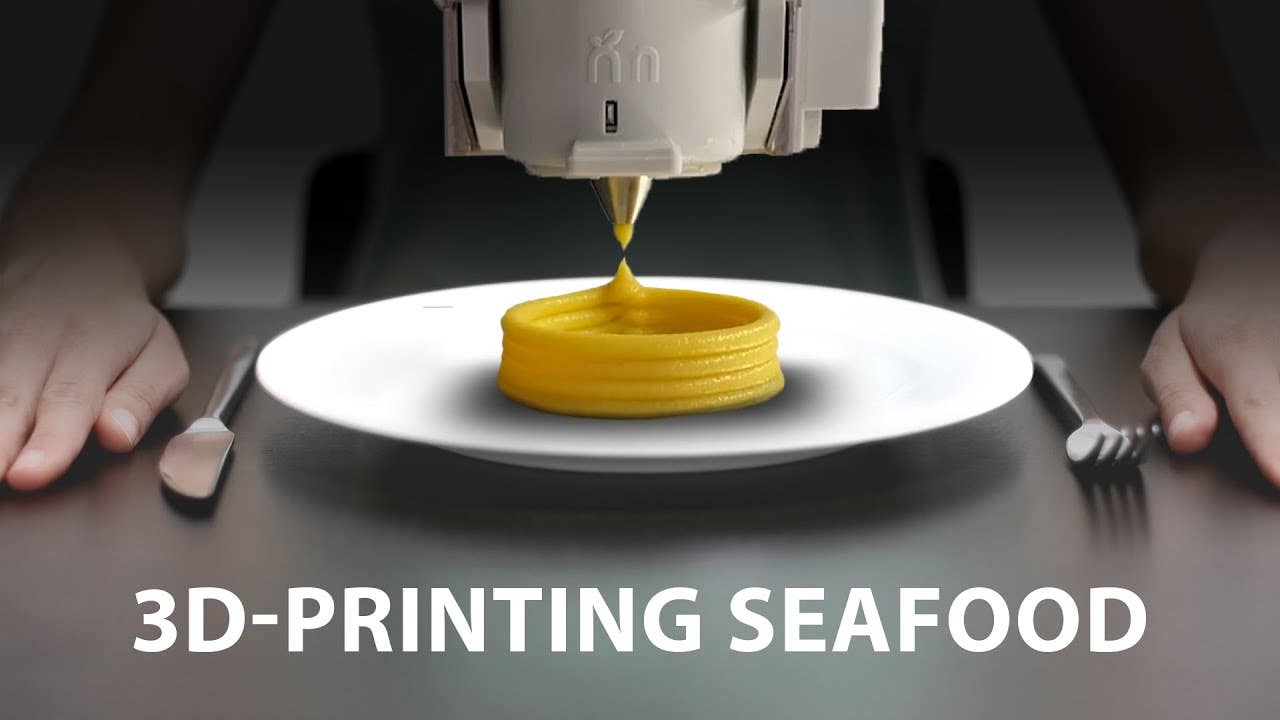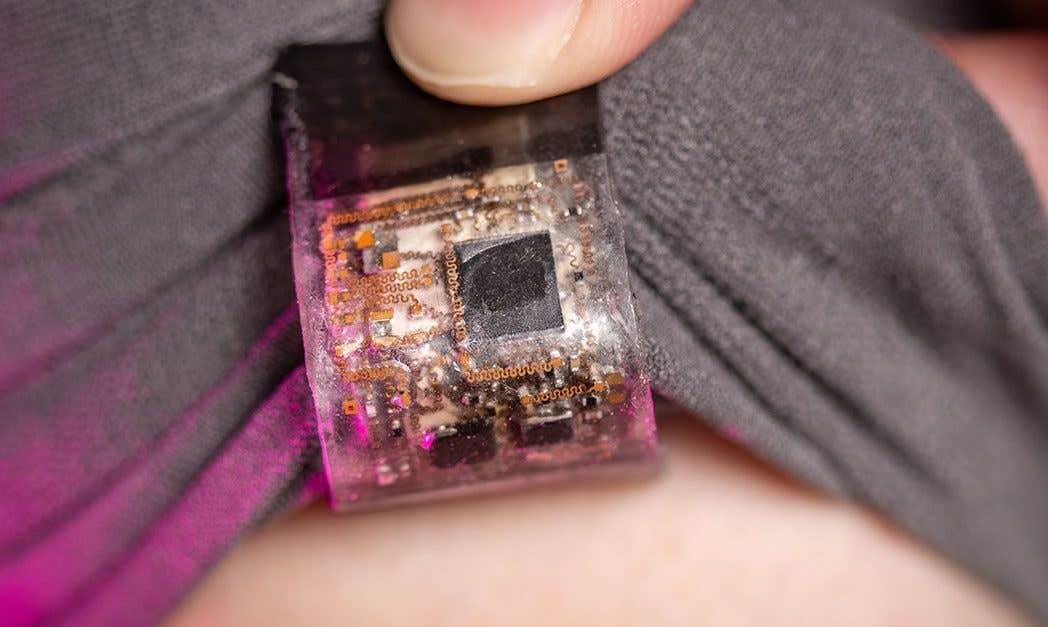The Future of Sushi? 3D-Printed Vegan Seafood
The use of 3D printing technology using sustainable alternative protein sources can potentially aid in resolving global food challenges.

[Aug. 13, 2023: Staff Writer, The Brighter Side of News]
A team of researchers has innovatively combined 3D printing with microalgae and mung bean proteins to create a vegan calamari ring. (CREDIT: Creative Commons)
In an era where sustainability is more than just a buzzword, the journey from sea to plate is under increased scrutiny. Overfishing, environmental degradation, and the world's insatiable appetite for seafood have set the stage for a paradigm shift in how we view our seafood sources.
Enter the domain of mock seafood, a niche that, until recently, was largely overshadowed by its counterpart, meat alternatives. But as meat-free burgers and sausages line our supermarket shelves, the real question beckons: When will we see plant-based seafood alternatives take center stage?
In a breakthrough research presented at the American Chemical Society (ACS) Fall 2023, scientists might have found a tantalizing answer. A team of researchers has innovatively combined 3D printing with microalgae and mung bean proteins to create a vegan calamari ring that is not only sustainable but also nutritionally comparable to its marine counterpart.
"I think it's imminent that the seafood supply could be very limited in the future,” warns Poornima Vijayan, a graduate student integral to the study. She underlines the urgent need for alternative protein sources, especially in regions like Singapore where over 90% of fish is imported. And Singapore is not alone.
Related News
The problem is universal. Overfishing is depleting wild fish populations at an alarming rate, creating an urgent need for sustainable alternatives.
The ongoing issues of heavy-metal contamination, microplastic pollution, and mounting ethical concerns further aggravate the situation. The result? A growing consumer shift towards plant-based seafood mimics.
However, creating a plant-based substitute for seafood is no simple task. While imitation crabmeat and other mock seafood products have carved a niche, they often fall short of delivering the unique texture, mild flavors, and nutrition of the real deal.
“Plant-based seafood mimics are out there, but the ingredients don’t usually include protein,” explains Dejian Huang, Ph.D., the principal investigator of the groundbreaking research. The goal was clear for Huang and his team at the National University of Singapore: Develop a protein-rich mock seafood that stands tall in terms of taste, texture, and nutrition.
Air-frying a 3D-printed plant-based calamari ring resulted in a quick, tasty snack. (CREDIT: Poornima Vijayan)
The researchers employed a food-grade 3D printer, using a special protein-based ink, resulting in products that boasted varying textures – from the fatty smoothness of salmon to the fibrous chew of shrimp.
Now, taking it up a notch, the focus turned to calamari rings. The team saw potential in two unique, high-protein plant sources: microalgae, which naturally possess a 'fishy' flavor, and mung beans, a protein-rich byproduct from the manufacturing of popular Asian starch noodles.
After extracting the necessary proteins and fortifying them with omega-3 rich plant oils, the mixture underwent temperature treatments to make it 3D-printer ready. The result was a high-protein vegan paste, remarkably similar in nutritional content to real calamari.
From Printer to Plate
For the consumers, texture and taste reign supreme. Acknowledging this, Huang notes, “3D printing gave the seafood mimic structure and texture, but consumers will still want to bake, fry or sauté it, just like they do with real squid.”
In initial cooking trials, the vegan calamari rings, when air-fried, garnered positive feedback on taste and texture. However, Vijayan is keen to refine the product to match the elasticity and sensory properties of commercial calamari rings.
A lingering concern rests on the allergenic potential of this novel concoction. Huang addresses this by stating, “I don’t think there are many known cases of allergies to microalgae proteins or mung bean proteins. But it’s still a new combination.”
Looking ahead, the research team is gearing up to create multiple prototypes and evaluate their feasibility for large-scale production. Optimistic about the future, Huang envisions these vegan calamari rings gracing the menus of fine-dining restaurants or being available in specialty outlets in the coming years. “From a novelty perspective, it has that seafood taste but comes from only sustainable plant-based sources,” Vijayan aptly sums up.
The times are changing. As we reel from the consequences of overfishing and environmental damage, such innovations offer hope for a sustainable, delicious, and protein-rich future for seafood lovers everywhere.
For more science and technology stories check out our New Discoveries section at The Brighter Side of News.
Note: Materials provided above by The Brighter Side of News. Content may be edited for style and length.
Like these kind of feel good stories? Get the Brighter Side of News' newsletter.



